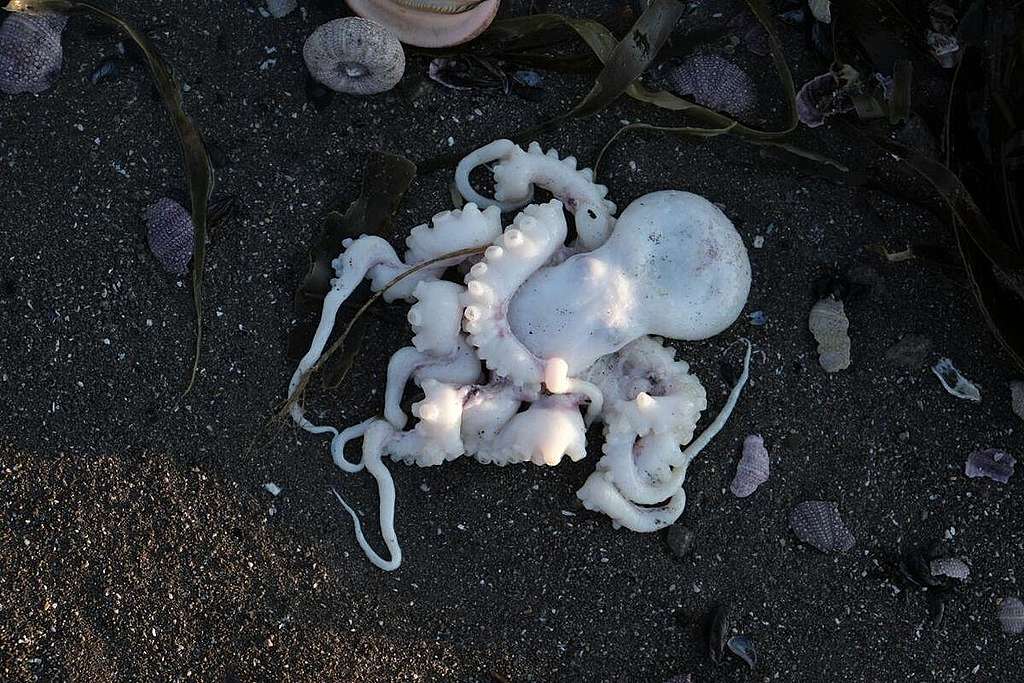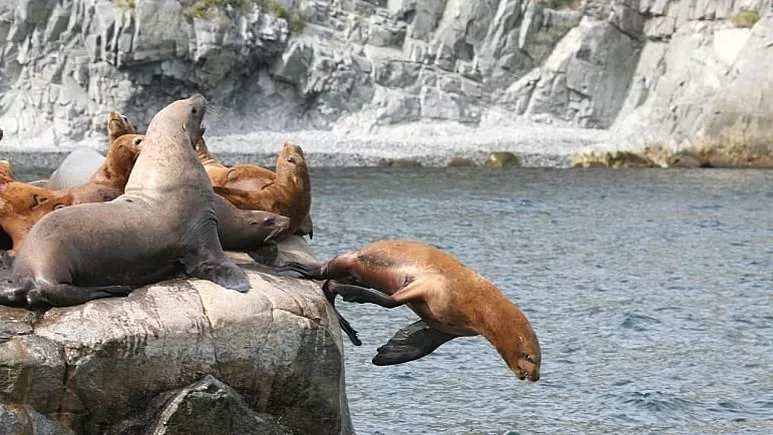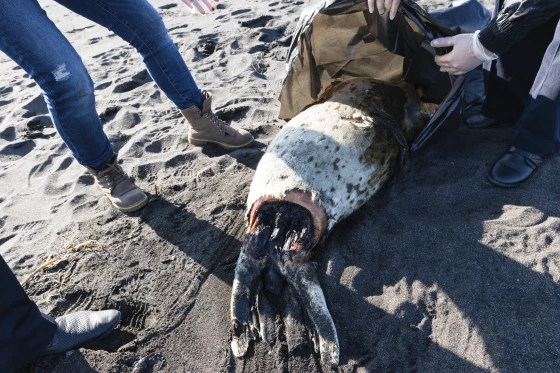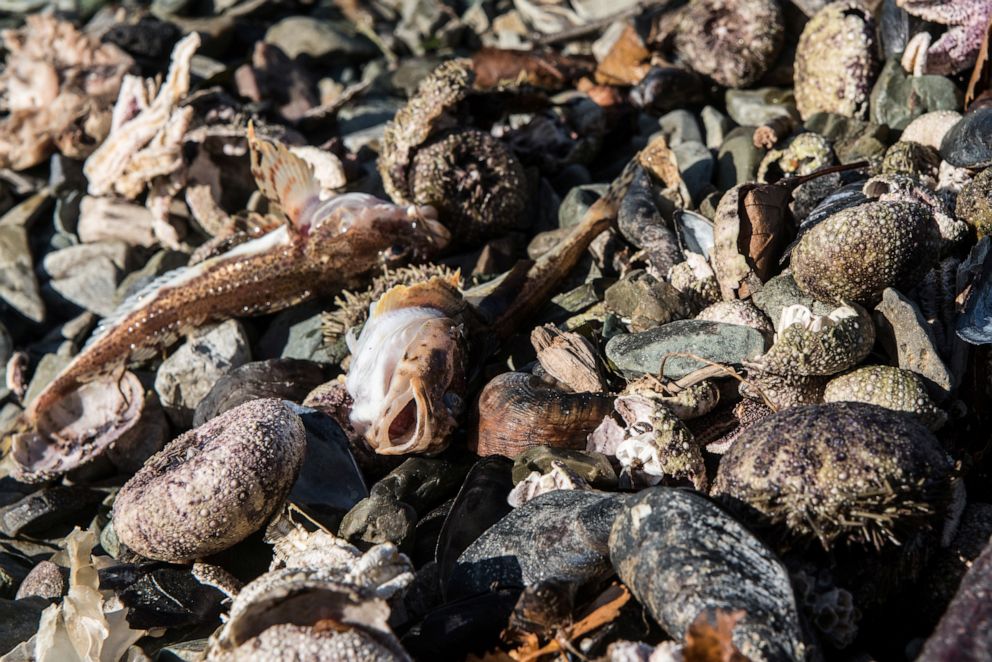- hot-spots
- biodiversity
- Russian Federation
- Mysterious mass death of marine organisms in Kamchatka, Russia

Mysterious mass death of marine organisms in Kamchatka, Russia
Russian Federation
last update:
9 months agoProblems
A major marine pollution incident occurred in the Kamchatka peninsula in 2020, a remote region in Russia’s Far East. Many dead sea creatures, such as octopuses, seals, fish, starfish and sea urchins, washed up on the beaches, and the ocean water changed color and had a peculiar smell. Local residents who used the beaches for surfing and swimming complained of vomiting, fever, rashes and swollen eyelids. The environmental group Greenpeace called it “an ecological disaster” and warned of the possible long-term effects on the ecosystem and human health. The cause of the incident was initially unclear, and various hypotheses were proposed, such as a military test site, a rocket fuel leak, a volcanic eruption, or an earthquake. The regional governor, Vladimir Solodov, said the sea may have been contaminated with toxic chemicals and ordered an investigation. Tests showed above-permitted levels of phenol and petroleum products in the water. However, later analysis by Russian scientists suggested that the most likely cause was a massive bloom of toxic algae triggered by abnormally high water temperatures and low salinity. According to the scientists, the algae produced a neurotoxin that affected the nervous system of marine animals and humans. The toxin also accumulated in the tissues of fish and shellfish, posing a risk of food poisoning. The algae also consumed oxygen in the water, creating a hypoxic zone where most life forms could not survive. The scientists said that such algal blooms were natural phenomena but could be exacerbated by human activities, such as wastewater discharge, agricultural runoff, or climate change. The scientists recommended monitoring the situation and taking measures to prevent further contamination and restore the marine environment. They also advised the public to avoid contact with the water and consumption of seafood from the affected area until the toxin levels decreased. They said that the algal bloom would eventually subside, but the recovery of the ecosystem could take years. The Kamchatka incident highlighted the fragility of the marine environment and the need for more research and protection. Kamchatka is one of the most biodiverse regions in the world, home to many endemic and endangered species, such as salmon, whales, sea otters, and seabirds. It is also a popular destination for tourists, especially surfers and nature lovers. The incident raised awareness of the potential threats to this unique and pristine region and the importance of preserving it for future generations.
Gallery
4Timelines
2020
November 19
Further analysis by Russian scientists suggested that the most likely cause was a massive bloom of toxic algae, triggered by abnormally high water temperatures and low salinity. The algae produced a neurotoxin that affected the nervous system of marine animals and humans, and also consumed oxygen in the water, creating a hypoxic zone where most life forms could not survive.
October 08
Initial tests showed above-permitted levels of phenol and petroleum products in the water, suggesting chemical contamination. Various hypotheses were proposed, such as a military test site, a rocket fuel leak, a volcanic eruption, or an earthquake.
October 06
The Kamchatka administration website announced that Russia’s emergency ministry was investigating the incident. Specialists collected samples from the beaches and rivers and used drones to help in their analysis.
October 05
Many dead sea creatures, such as octopuses, seals, fish, starfish and sea urchins, washed up on the beaches, and the ocean water turned yellow-green. The environmental group Greenpeace called it “an ecological disaster” and warned of the possible long-term effects on the ecosystem and human health.
Local surfers and swimmers reported feeling ill after using the beaches near Khalaktyr, where the water had changed color and had a peculiar smell.


